

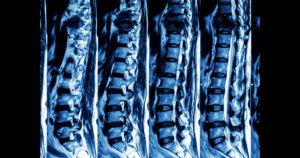
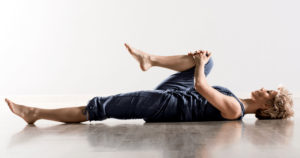
While herniated disks cannot be easily replaced, they are often
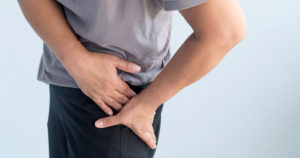
Hip pain caused by herniated or ruptured disc Lower back
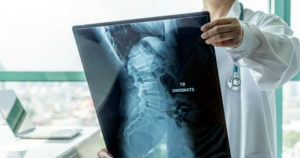
Can an x-ray show a herniated Disc? A medical history

Weightlifters understand back pain well. Weightlifters can avoid pain and
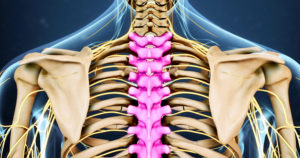
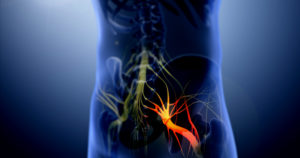
Intervertebral Discs are found between the vertebrae on the front
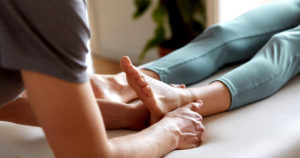
Back pain is quite common. Nearly 31,000,000 Americans suffer from

Herniated spinal discs happen when the discs in the spine
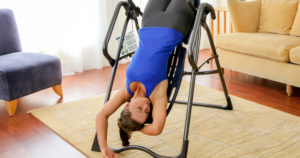
If you have ever seen many spine patients, chances are
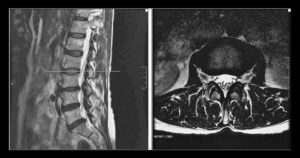
Slipped disc? The importance of MRI for detecting a herniated
Annular tear surgery is often recommended for those living with pain caused by annular tears. In addition to this, annular
A wrong-site spinal disc surgery recently took place in Florida, so we’re taking a look at this incident and what it means for spine surgery.
Despite clinical trials and studies showing that spine surgery isn’t beneficial for patients, it has become more common. In fact,
It’s not uncommon for back discomfort to be caused by a “herniated” or “prolapsed,”lumbar nerve disc. The problem can cause
News Flash: Sciatica isn’t caused by disc herniations. In this article, we explore three compelling reasons why sciatica is attributed
Efforts to stop spine fusions where not indicated in states and countries are succeeding, and for good reason. A Washing Post
Because it’s known that spinal fusions cause irreversible damage to good discs adjacent to fusions1,2, it makes sense that spinal fusions are big
Many athletes have experienced sports injuries every day but are not being appropriately informed of all the options available to
THE HOLY GRAIL OF PAIN RELIEF? CBS SUNDAY MORNING CORRESPONDENT MARTHA TEICHNER REPORTS ON A NEW PROCEDURE TO TREAT THE
The dancer with the torn disk had IDET this summer, Dr. Lutz said, and is ”definitely better.” She hopes to
Disclaimer : Disclaimer: All information presented in this website is intended for informational purposes only and not for the purpose of rendering medical advice. The information contained herein is not intended to diagnose, treat, cure or prevent any disease.
Follow us to stay up to date on our groundbreaking procedures, news, speaking engagements and upcoming appearances.
Disclaimer : Disclaimer: All information presented in this website is intended for informational purposes only and not for the purpose of rendering medical advice. The information contained herein is not intended to diagnose, treat, cure or prevent any disease.
